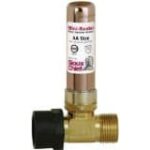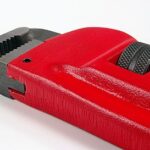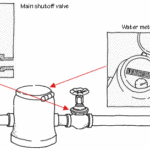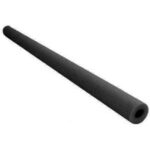Dealing with low water pressure in your home can be a frustrating experience. Whether you’re struggling to wash dishes while watering the lawn or noticing weak water flow from a single fixture, identifying and resolving the issue is essential for maintaining an efficient and comfortable household.
This article will guide you through diagnosing and fixing low water pressure, whether it’s affecting a single fixture or the entire house. We will also cover how to test your water pressure and install a pressure regulator if necessary.
Neighborhood vs. Home Water Pressure Problems
If all of your neighbors have low water pressure, there may not be much you can do except to contact your water supplier and complain about the problem. You might even gather a petition from the neighbors and submit it to the utility.
If your home is the only one with low pressure—or if only parts of your house have low pressure—then your home’s pipes or valves probably have something restricting the flow. The most common cause of low water pressure in homes more than 20 years old is older steel pipes clogged with lime deposits that strangle the flow of water. Unfortunately, solving this problem usually requires having a plumber re-pipe your home.
Before you go down this road, do the following:
Low Water Pressure At a Single Fixture
If the problem seems to be at a single faucet or shower head, check for:
- A flow restriction
- Clogged aerator
- Dislodged washer
- Partially closed supply stop valve
Steps to fix:
Step 1. If a faucet has an aerator, remove it, clean it out, and replace it.
Step 2. For sink faucets, check the supply valves underneath—turn them counterclockwise to open them entirely. Note the tape on the aerator to protect the finish.
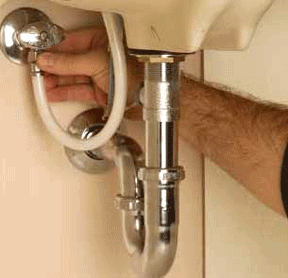
Step 3. If the valves are already wide open, close them, remove the supply tubes.
Step 4. Check for a dislodged rubber washer. Replace the tube and turn the water back on.
For shower heads, a restrictor inside may reduce pressure. Remove the shower head and check for a restrictor—a rubber or brass disk—or a dislodged washer.
![]()
Low Water Pressure Throughout Your House
If your home has low water pressure at every faucet and fixture (for more about this, see Water Supply Plumbing Systems):
1. Check the water meter
- Go out to the street and locate your water meter.
- Ensure the valves on each side of the meter are wide open by turning them counterclockwise.
2. Main supply valve
- Most houses also have a main supply valve where the cold-water pipe enters the house.
- Ensure this valve is fully open.
3. Water-pressure regulator
If your home has a water-pressure regulator, it is likely located near the main supply valve. This may need to be adjusted, and it’s best left to a plumber.
4. Persistent issues
Contact a plumbing contractor to check for obstructions, install a water pressure booster pump, or re-pipe your home with copper pipes.
How to Test Water Pressure & Install a Pressure Regulator
The following video demonstrates how to test your home’s water pressure and use a water pressure regulator and a thermal expansion tank to adjust it. It includes information on using push-fit fittings and soldering copper pipe.
Watch the video:



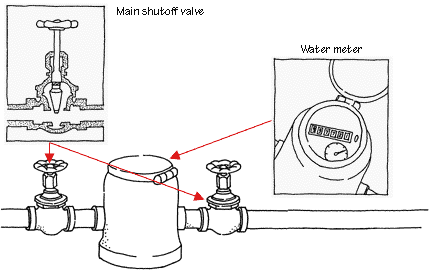
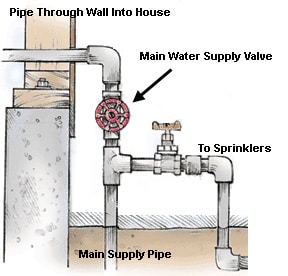
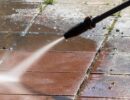


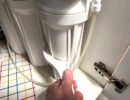
 Don Vandervort writes or edits every article at HomeTips. Don has:
Don Vandervort writes or edits every article at HomeTips. Don has:
